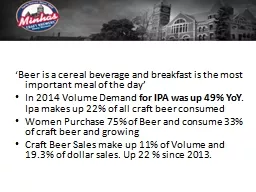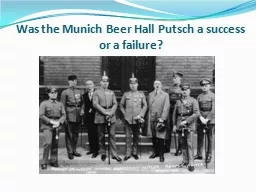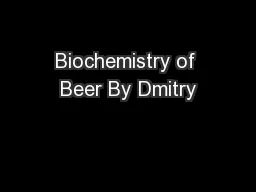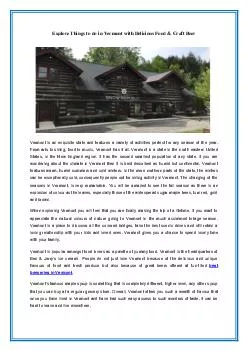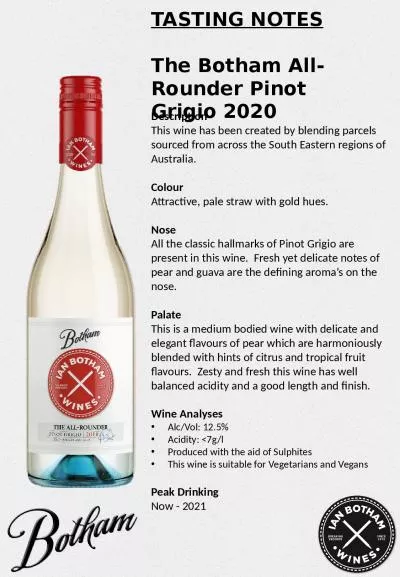PPT-Common Off flavours in beer
Author : kittie-lecroy | Published Date : 2019-12-18
Common Off flavours in beer Sensory training Sponsored by Newstead Brewing Co Siebel Institute Sensory Kit 12 off flavour vials Each is mixed into 1L of beer Samples
Presentation Embed Code
Download Presentation
Download Presentation The PPT/PDF document "Common Off flavours in beer" is the property of its rightful owner. Permission is granted to download and print the materials on this website for personal, non-commercial use only, and to display it on your personal computer provided you do not modify the materials and that you retain all copyright notices contained in the materials. By downloading content from our website, you accept the terms of this agreement.
Common Off flavours in beer: Transcript
Download Rules Of Document
"Common Off flavours in beer"The content belongs to its owner. You may download and print it for personal use, without modification, and keep all copyright notices. By downloading, you agree to these terms.
Related Documents




